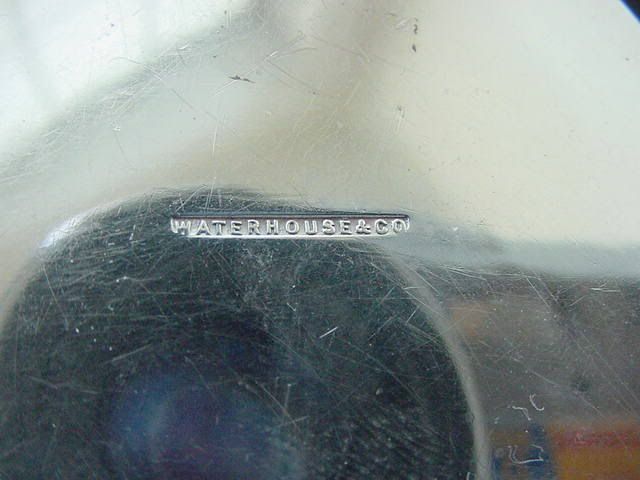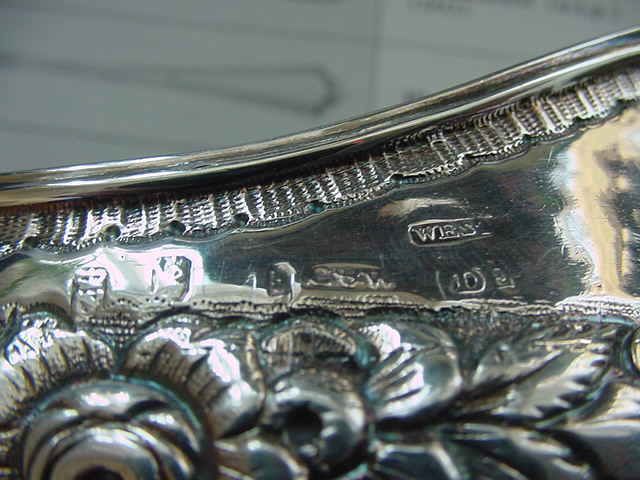The custom of striking an extra mark, upon Irish silver to denote the retailer, began, I believe, in the late 18th century and carried on until the early 20th century. Although this practice was later to be carried out by other countries, I suspect the Irish were the first to do this on a fairly regular basis. Examples are few, I suspect only about fifty, but I would love to be proved wrong. There are also of course variations to be expected and hoped for.
I believe that with such a low number of examples, it should be quite possible, over a period of time, to create a fully comprehensive listing of these marks, and with the use of period directories, provide information regarding these early retailers.
The use of these marks, can cause confusion, especially as some overlap from working silversmith to retail silversmith, as in the case of Matthew West. At other times if can be difficult to determine who is the retailer and who is the maker, and another confusion can be caused when these retailers marks are struck on secondhand pieces.

Above is an example of how these marks appear. The maker of this spoon in 1825 is Thomas Farnell of Dublin, but it was retailed in Belfast by Robert & John Gray, 18, Castle Place, Belfast. (1819-1846)
If we can add, or provide better examples of the few listed below, hopefully it will build into something useful.
Among the names sought are: W.Peter, Rooke, Brown, Neill, Twycross, Law, West, Gilbert & Son, Morton, Grays, Asken, J.Ash, Stewart, Donegan, G.Brown, Waterhouse, Timpson, Mullen, G & N, Mooney, Smith & Gamble, Lee, J.Moore, Hamy, Gibson, T & W, and Conner.


William Gibson & Co. Donegall Place & Castle Place, Belfast. Also at 112, Regent Street, London. (1888-20th century).

J & E Moore, 16, Eustace Street, Dublin. (1815), 52, Dame Street (1834).


Probably J.R.Neill, 25, High Street, Belfast. (1858-1889).

Possibly Charles Stewart, 1, Exchange Court (1803-1819), and 1, Crampton Court (1818-1829), Dublin.

John Twycross, 14, Fownes Street (1806-1818), 69, Dame Street (1819), Dublin.
Additions and/or corrections, most welcomed.
Trev.






